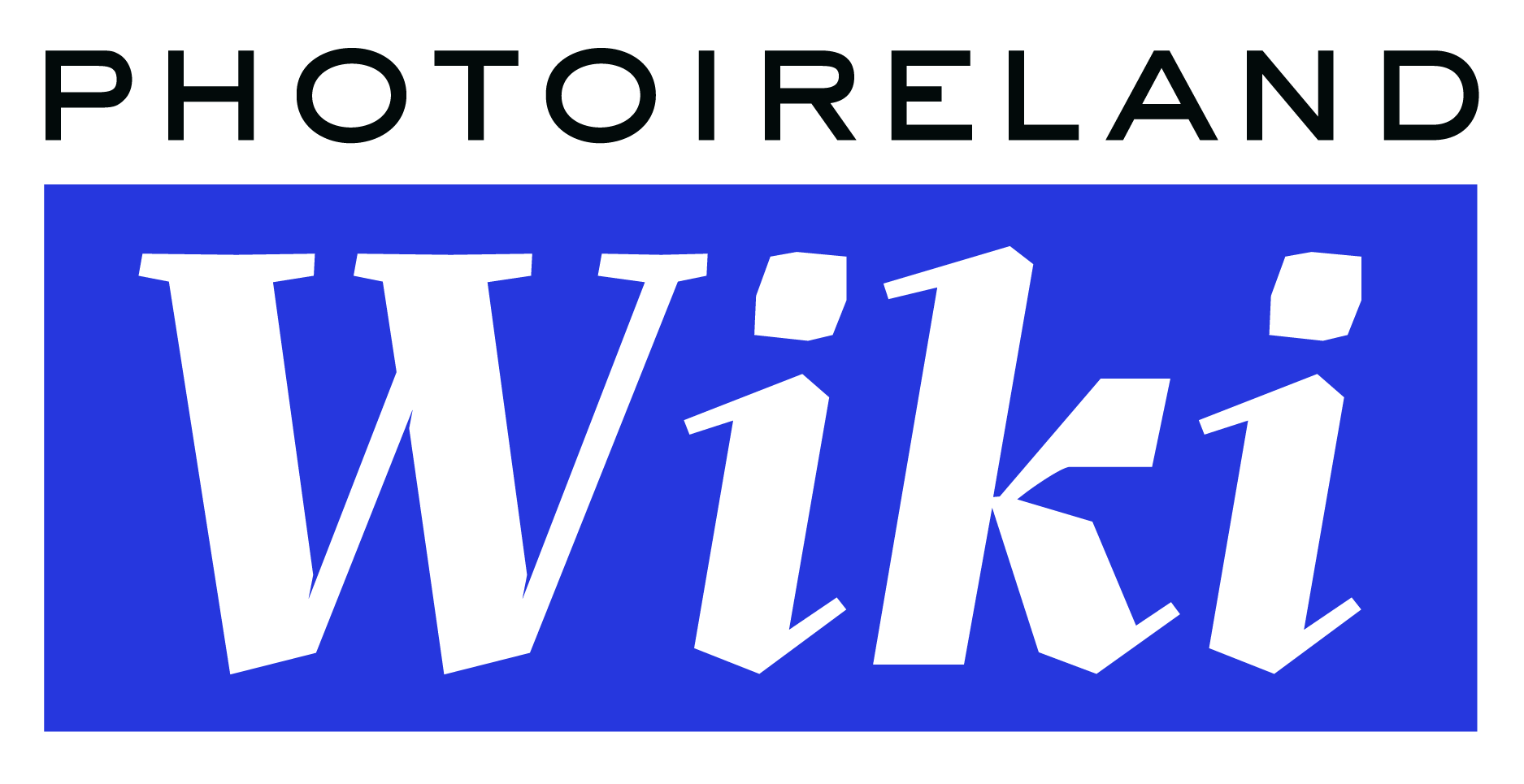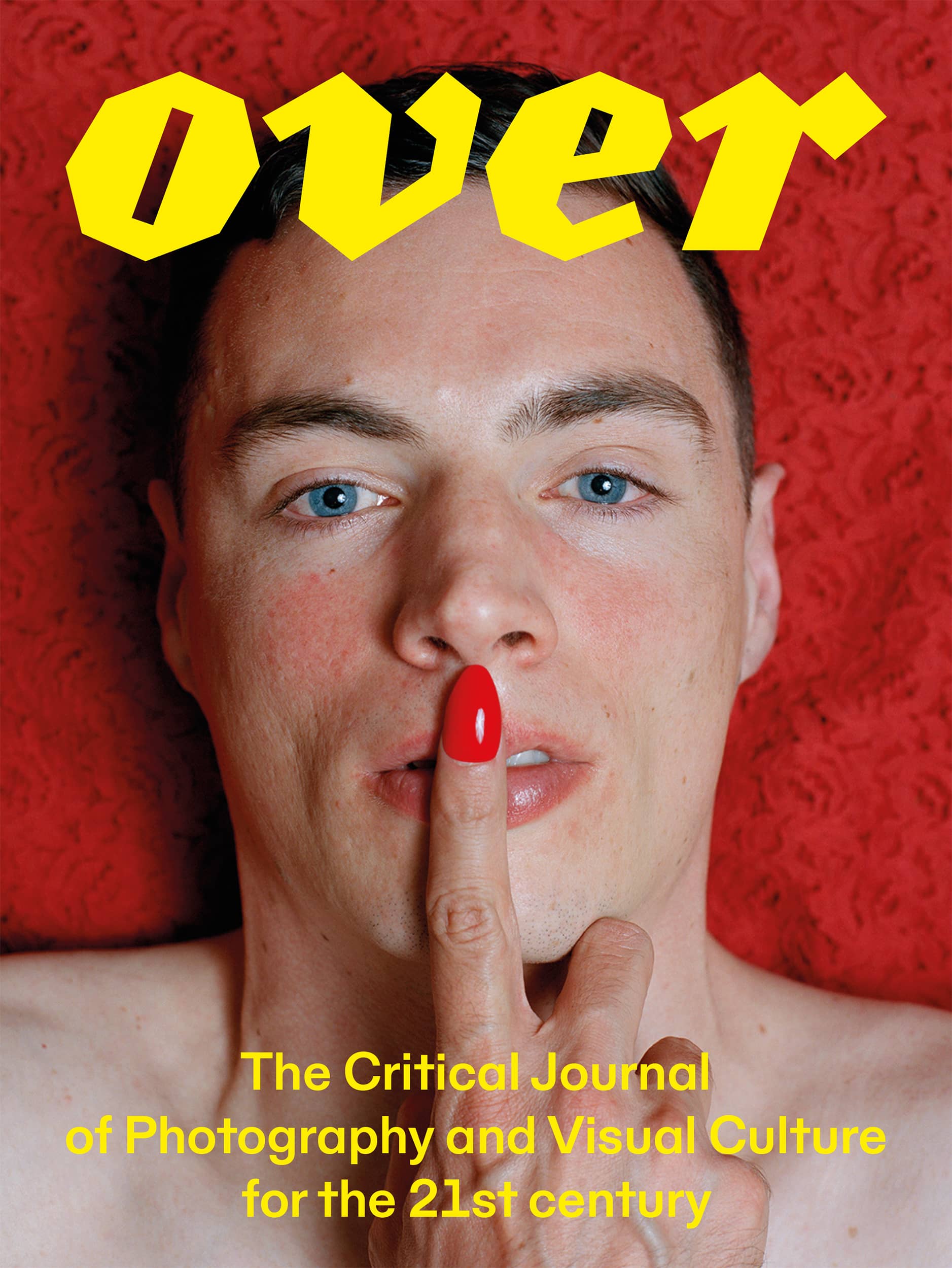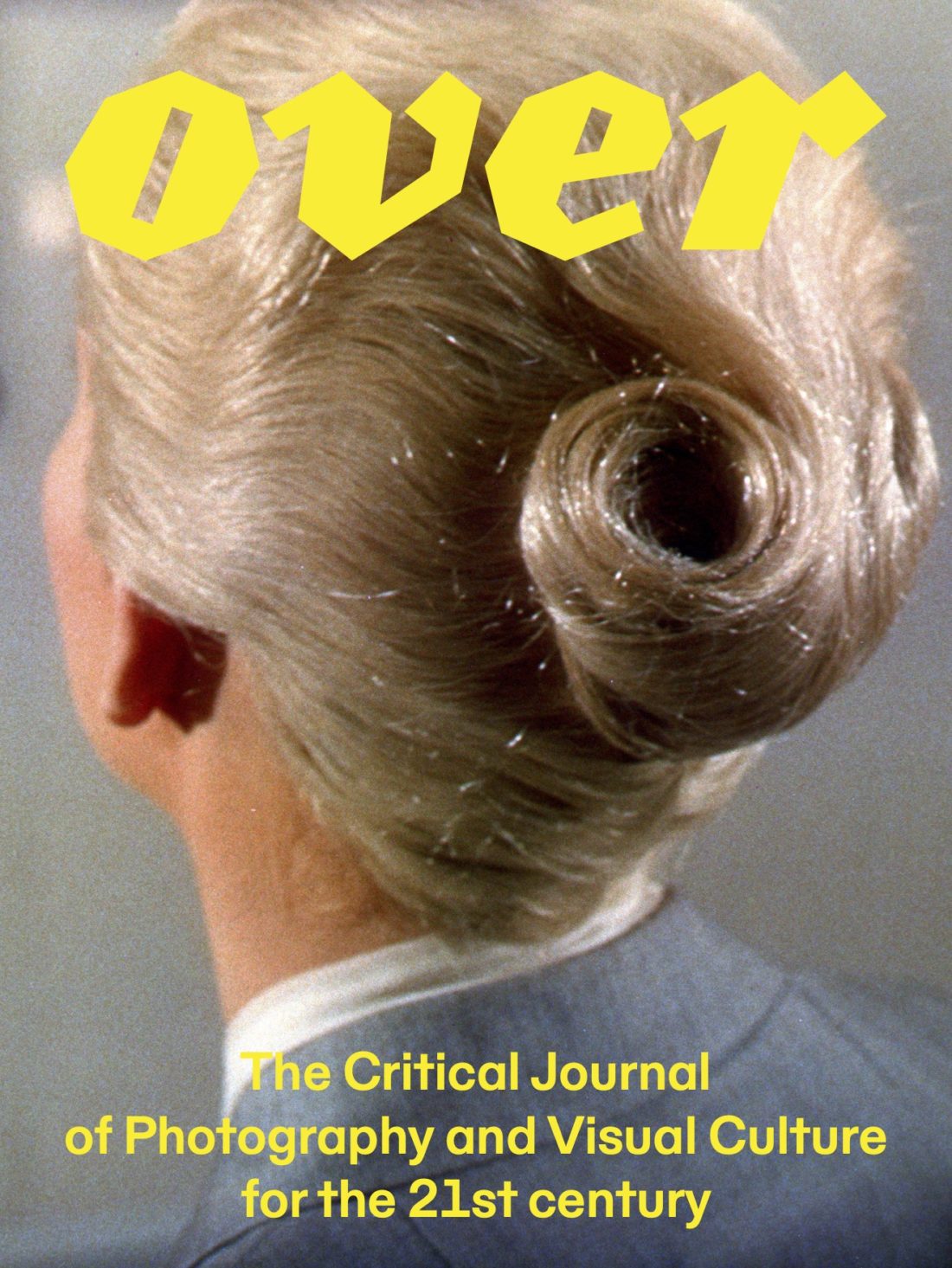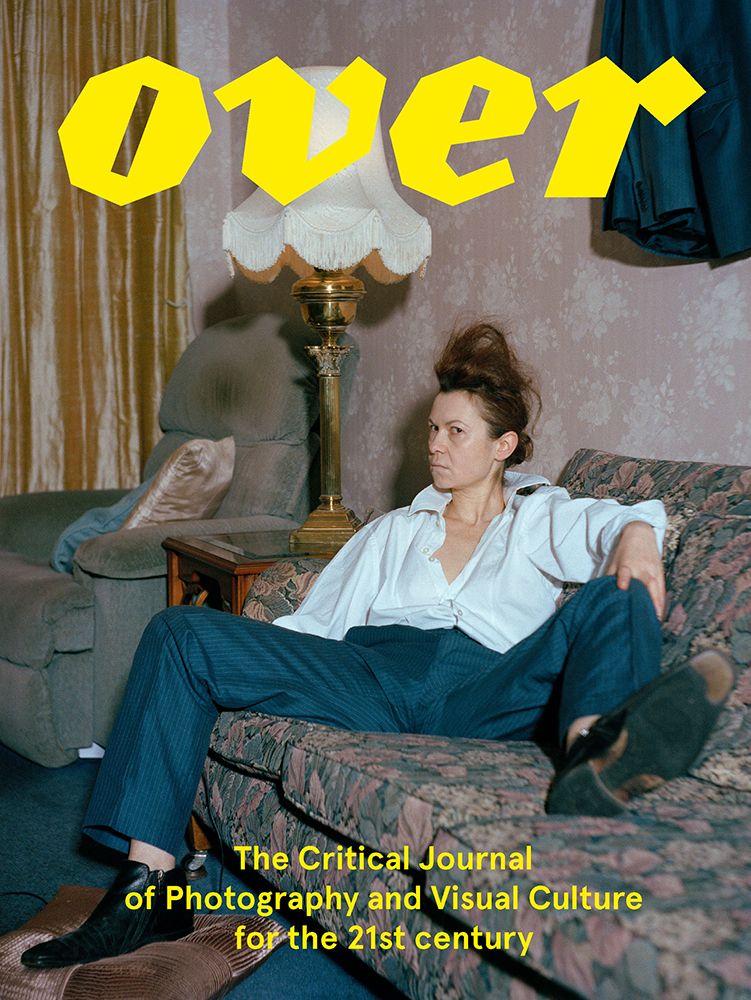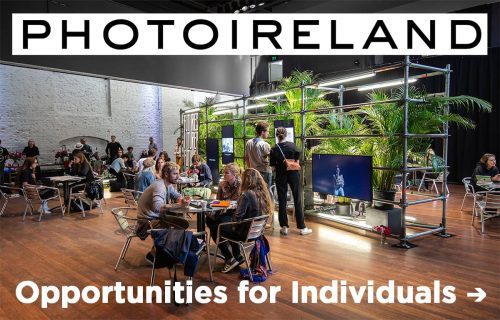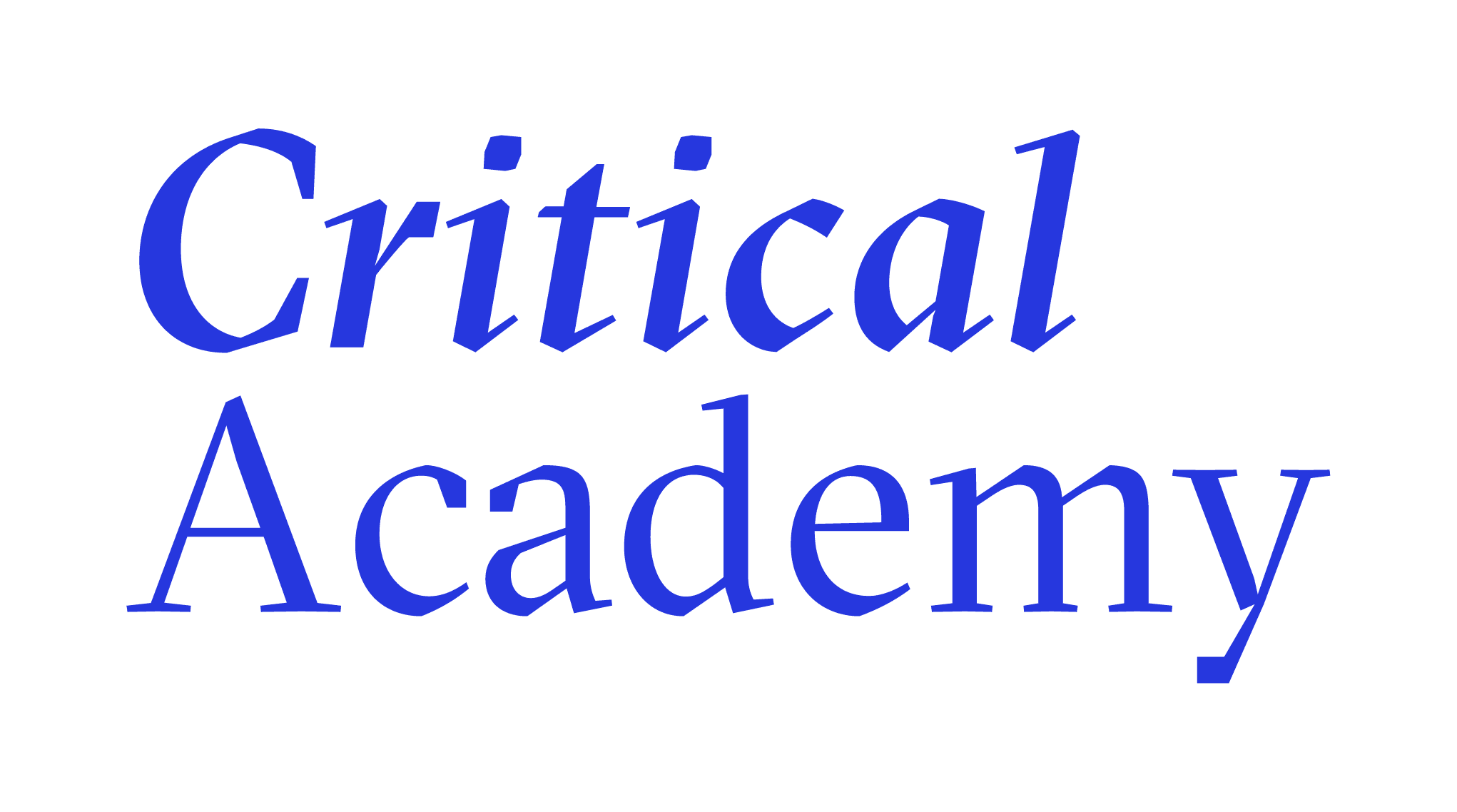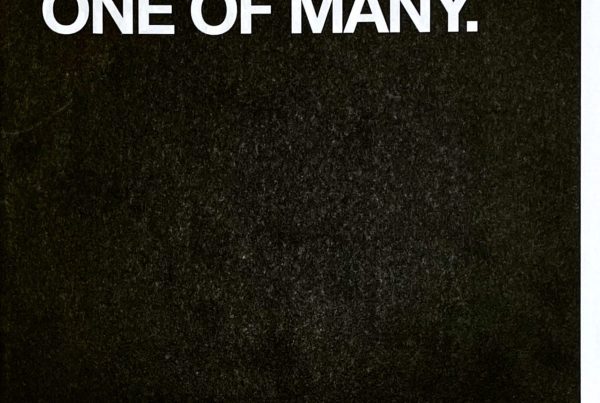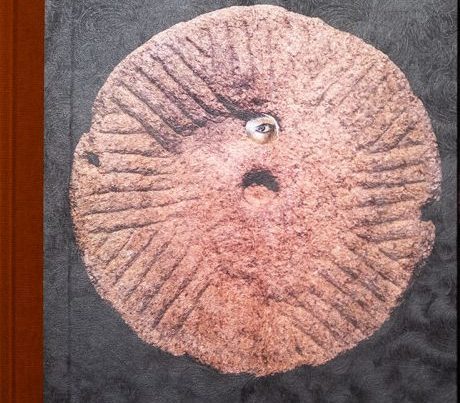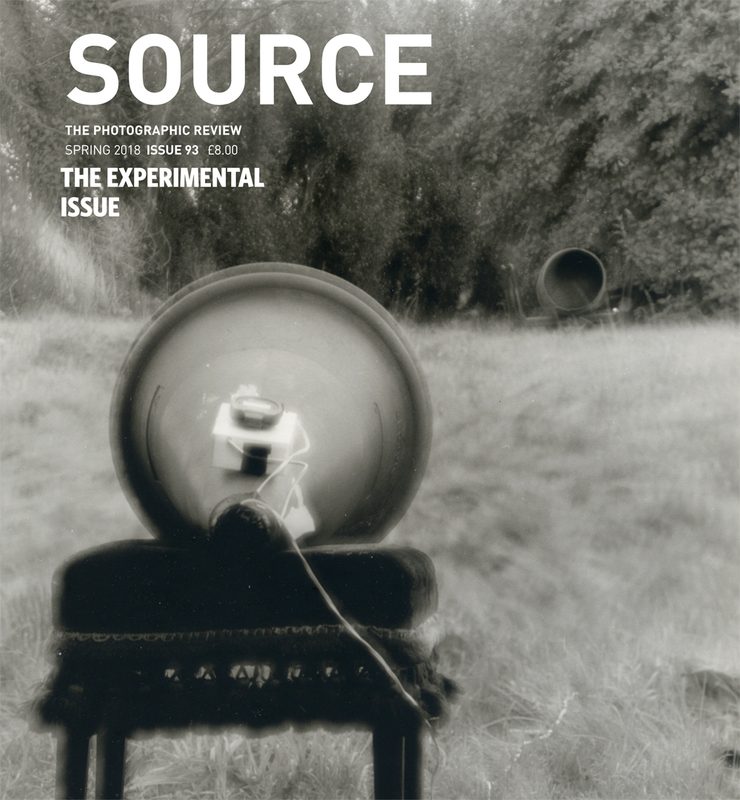
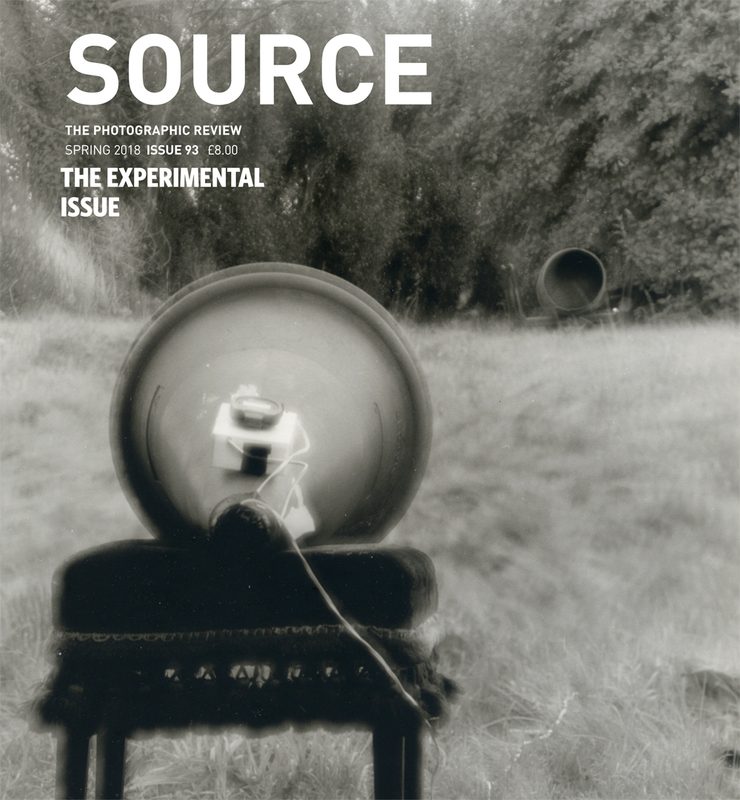
Cover
Source
Spring 2018: Issue 93
English
Edited by John Duncan and Richard West.
Softcover
84 pages
260 x 240 mm
2018
ISSN 13692224
We conduct experiments to establish knowledge about the world. The method is compelling because it is repeatable and can be tested. It puts our knowledge on a firm footing. But it can also produce unexpected and counter-intuitive results and contradict our experience or beliefs. In this issue we publish the work of photographers and artists that, in different ways, use experimental methods to make us see the world differently.
About the Artists
Artist Robin Price and environmental atmospheric scientist Francis Pope were partnered through the residency programme at BOM (Birmingham Open Media). Price’s work is about making air pollution visible, an interest that was prompted by a conversation with the editor of a Port Talbot newspaper about concerns over air quality near the local steel industry, concerns that were hard to represent visually. Source spoke to Price and Pope about sensors, visualising air pollution data and the synergy between their work.
Malin Starrett wants to understand our everyday technological world using research approaches that challenge the need for a laboratory filled with expensive shiny machines. Starrett works with spinning disks which have been used in colour vision research since antiquity. In these experiments he has used the discs created by the 19th Century German physician and physiologist Ernst W Brücke who was interested in optics and colour vision. He uses these and colour chemical photography in a process of ‘exploratory experimentation’ to raise questions about whether colour is physically present or if it only exists in the inner life of the human being. His ongoing research has led him to examine the colour effects produced by fluorescent lights which a billion or more people are working under every day. These photographs reveal another reality lit by colour flashes that we are not usually consciously aware of.
Susan MacWilliam is interested in histories of paranormal and perceptual phenomena and the repetitive processes of the researchers seeking answers within those fields. This has parallels with her own search for solutions in the studio as part of an artistic practice. This work that has come out of her research in the Parapsychology Laboratory Records housed at Duke University and the archives of the Rhine Research Center in Durham, North Carolina. In the 1930s Rhine made pioneering investigations of extra-sensory perception and telepathy, through card matching experiments using laboratory methods aimed at producing results acceptable to science. MacWilliam has selected images from the archive and produced a series of her own photographs. Seymour Mauskopf is Professor of History at Duke University researching the history of science and he introduces the experimental investigations of Rhine.
Jamin Keogh’s work also explores a perceptual phenomenon, that of the coastal horizon line. This ongoing research project is driven by a sense of ‘reaching for something that is always just beyond my grasp’. Starting, counter-intuitively, by physically blocking off his view of the horizon with an improvised curtain, in an attempt to heighten his awareness of it, Keogh’s experiments were aided by collaborators and advisors from the fields of optics, engineering and cartography.
About the Publisher
Source is a quarterly photography magazine, available in print and as a digital edition, published in Belfast, Northern Ireland. They publish emerging photographic work and engage with the latest in contemporary photography through news, thoughtful features and reviews of the latest exhibitions and books from Ireland and the UK. Their website brings together an archive of writing and pictures from the magazine alongside current features.[/note]https://www.source.ie/main/about.php 1
